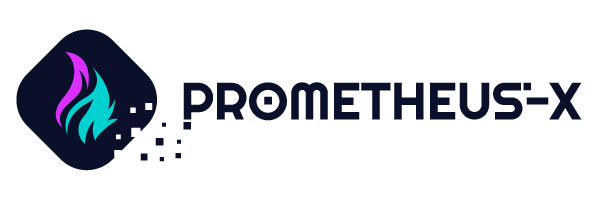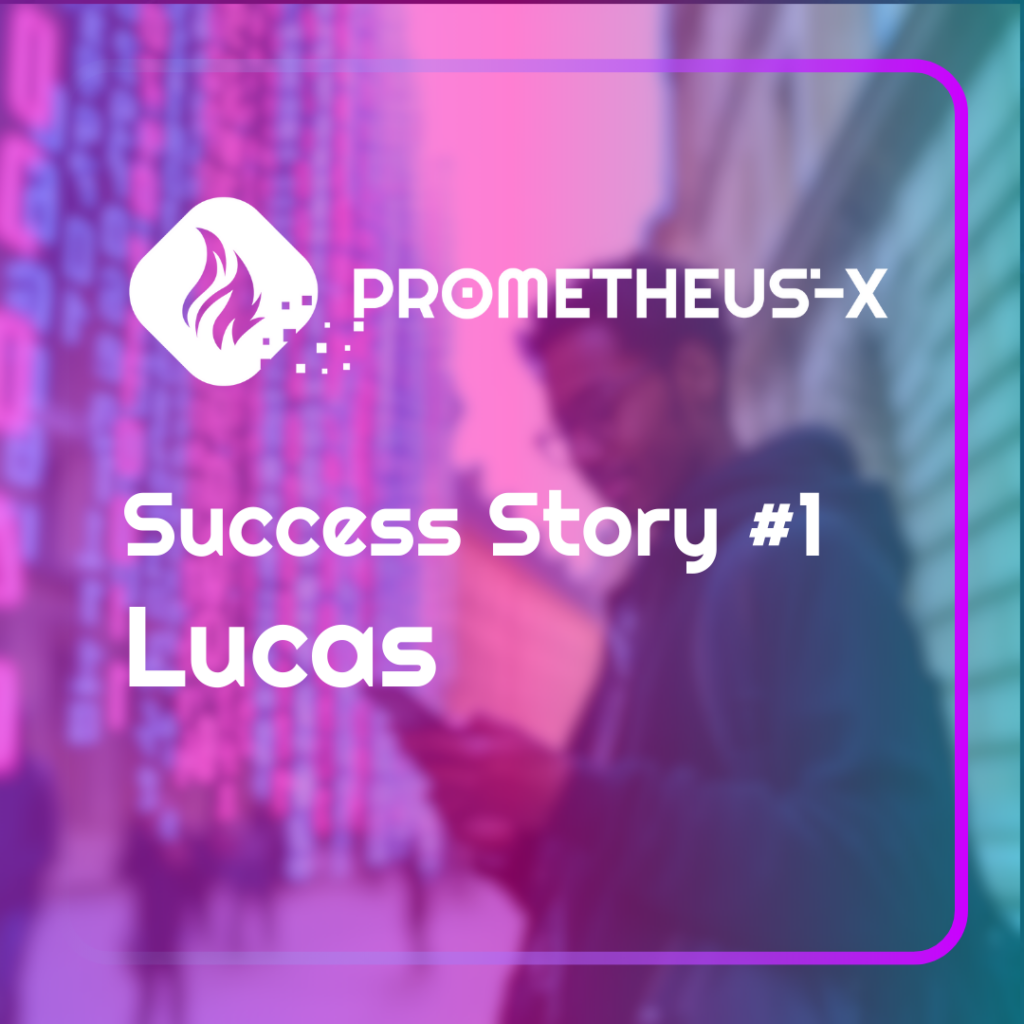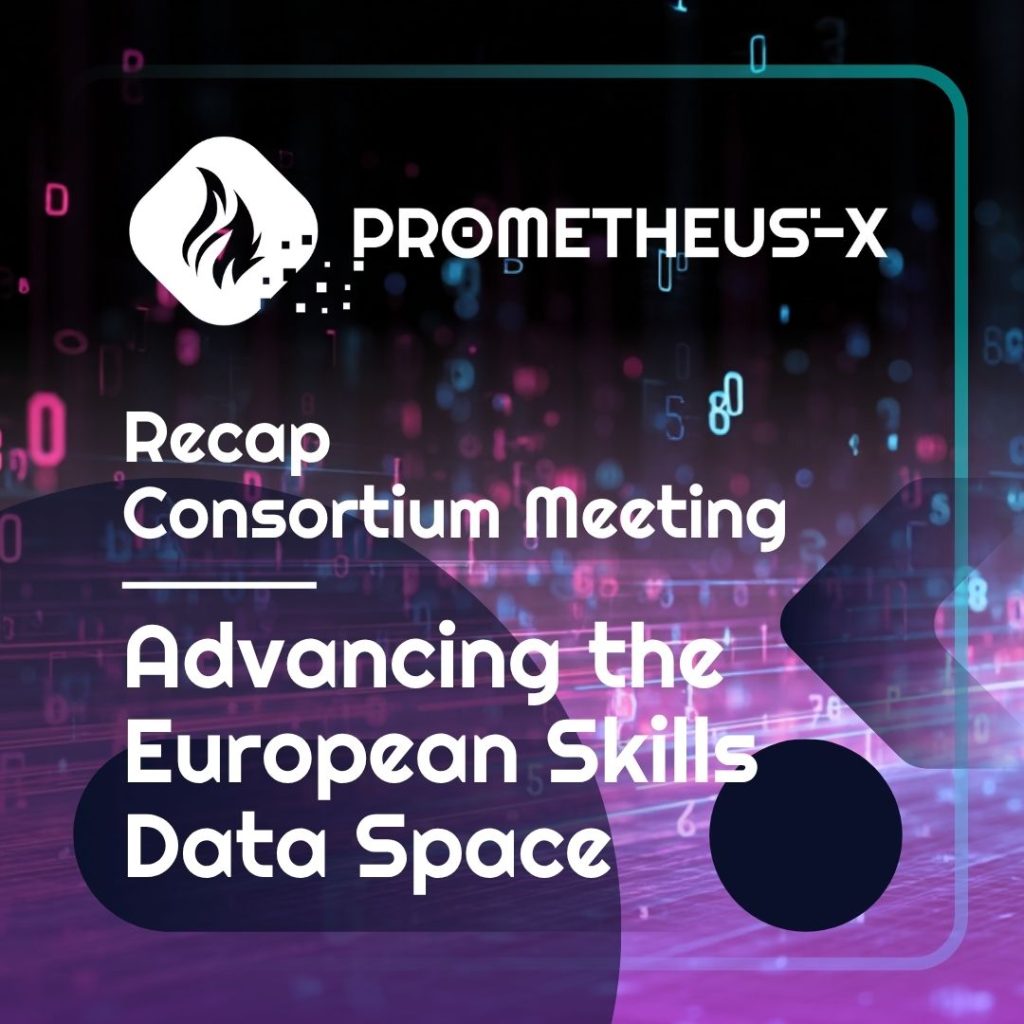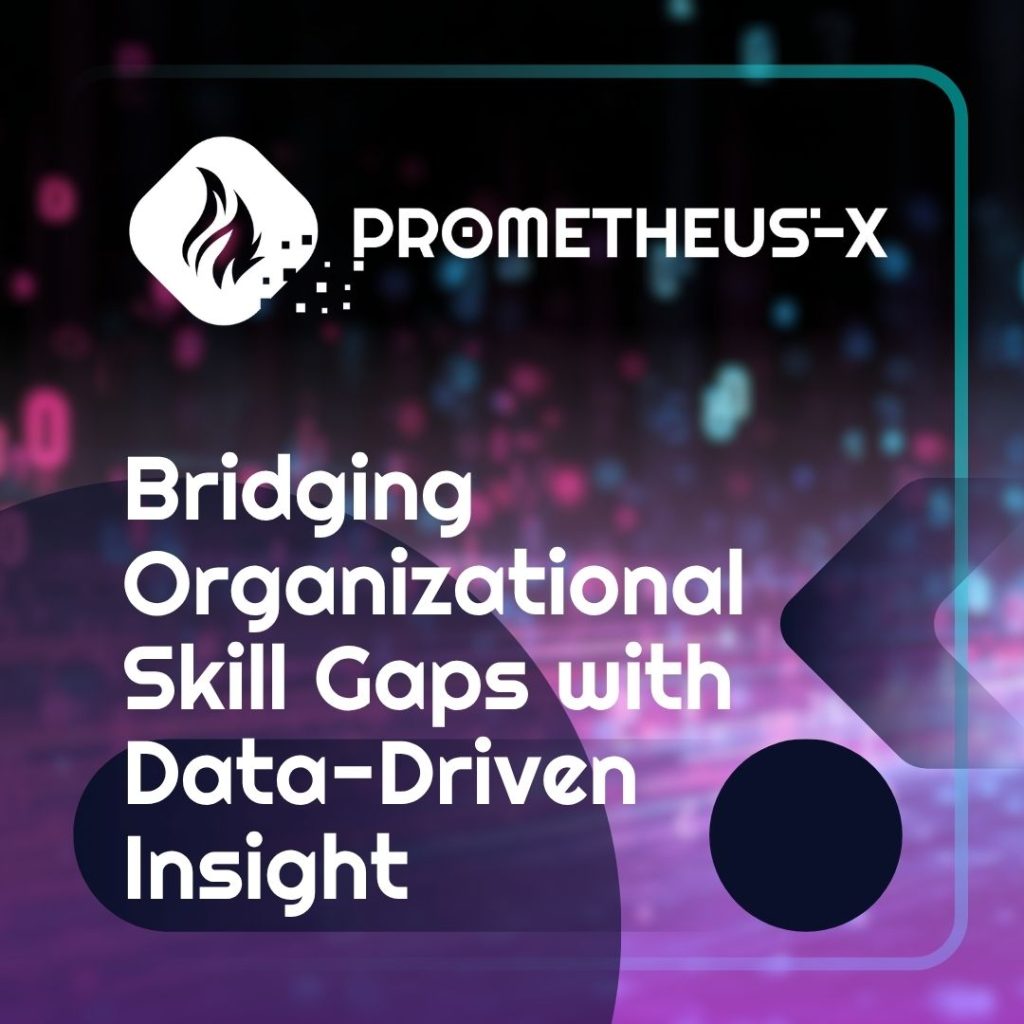Building Blocks
Expanding the Vision: What’s Next for Distributed Data Visualization?
The foundation of Distributed Data Visualization (DDV), as outlined in our core framework, already represents a major shift in how data is shared, visualized, and understood—particularly within the education and career development ecosystem. But what happens when we take this further? This post explores the next phase of DDV development: how the framework scales, adapts, and empowers both technical and non-technical users. From extensibility and AI integration to open-source collaboration and real-world pilots, DDV is not just a product—it’s an evolving ecosystem.
From Secure Data Handling to Smart, Custom Visualizations
At the heart of DDV is a deep commitment to data security and user control—no cookies, no leaks, and full anonymity if required. But beyond privacy, the framework is designed for technical extensibility. DDV includes a powerful module for data normalization, meaning it can be extended to support any number of input formats for different visualization types. This flexibility is essential in the education space, where data often originates from diverse sources—learning platforms, credentialing systems, job portals, and more. To make visualization creation efficient and scalable, the framework allows for the development of custom visualizations based on a set of rules. These rules automate repetitive rendering tasks, standardize visual structures, and simplify the configuration of style and behavior—freeing up developers to focus on meaningful insight design.
Built for the End of the Data Exchange Chain
A unique benefit of DDV is its ability to render visualizations after data exchanges have been completed—an important feature when using Personal Data Control (PDC) systems. This means learners and professionals can view the results of AI processing or analytics without exposing raw personal data to multiple systems. The visual output becomes a final product, shareable and interpretable, without requiring the user to maintain or understand complex technical connections behind the scenes.
Empowering Non-Technical Users
While the backend of DDV is technically robust, the frontend experience is built with accessibility in mind. Users without a background in data science or programming can still interact with rich, layered data visuals through intuitive interfaces. Some visual elements even include hidden explanations or context-sensitive help, guiding users to interpret complex insights accurately. Whether it’s a student viewing their skills profile or a career coach assessing readiness for new roles, DDV makes the data talk.
Cross-Platform Compatibility with Minimal Effort
DDV is delivered as a modular JavaScript framework, which can be embedded into any HTML5-compatible environment. From LMS platforms and personal dashboards to corporate training tools and educational websites, integration is frictionless. This makes it easy to maintain a consistent and interactive visual experience across services—without having to rebuild the wheel for every platform.
Real-World Use Cases and Pilot Programs
The framework has already seen real-world traction:
- Three use cases have applied DDV to render results following PDC-based data exchanges.
- Headai’s internal reference platform uses DDV for testing, validating features, and prototyping new visualization capabilities.
These early applications provide a strong foundation for broader adoption and refinement.
AI + DDV: A Smarter Path to Personal Growth
DDV’s potential is amplified when paired with AI. Using the framework, AI systems can visualize personalized insights based on an individual’s skill data:
- Reinforcing strengths with targeted training recommendations
- Expanding autonomy by identifying growth areas within the learner’s Zone of Proximal Development
- Fostering multidisciplinarity by pointing toward new, complementary skill sets
These features enable intelligent, personalized learning and development journeys, turning raw data into concrete next steps.
Open Source, Open Innovation
One of the most exciting aspects of DDV’s roadmap is its transition into an open-source project. Once officially released, the community will be able to contribute through standard practices like pull requests and issue tracking. Educational institutions, developers, public agencies, and private companies will all have the chance to co-create the future of distributed data visualization—adding new features, improving performance, or extending compatibility with additional systems.
What’s Next?
The answer is: usage, feedback, and iteration. DDV is ready for heavy real-world use. As more institutions and developers adopt the framework, feedback loops will help fine-tune performance, identify new needs, and guide the development of features that matter most to users. This is just the beginning. Distributed Data Visualization is not just changing how we see data—it’s changing who gets to see it, understand it, and use it to make better, more informed decisions.
If you are interested in how WALRUC works take a look at the video below.
What are Building Blocks?
Prometheus-X’s “Building Blocks” are open-source, modular components designed to facilitate the creation of secure, interoperable, and human-centric data spaces, particularly in sectors like education and skills. These building blocks support both personal and non-personal data management, aligning with European data strategies and regulations such as GDPR.
Have you read the interview with development lead László Gönczy? Follow the link and read it now!




